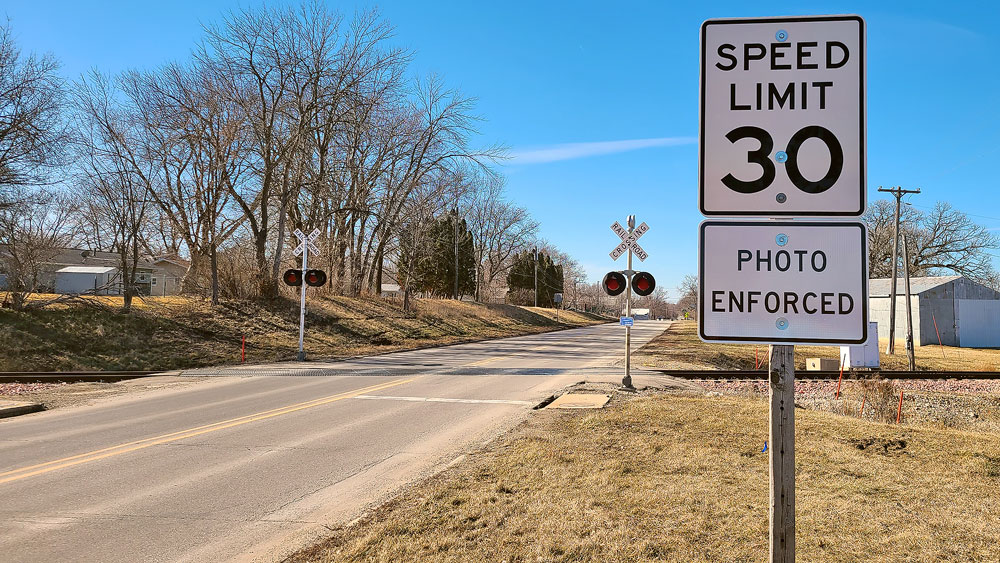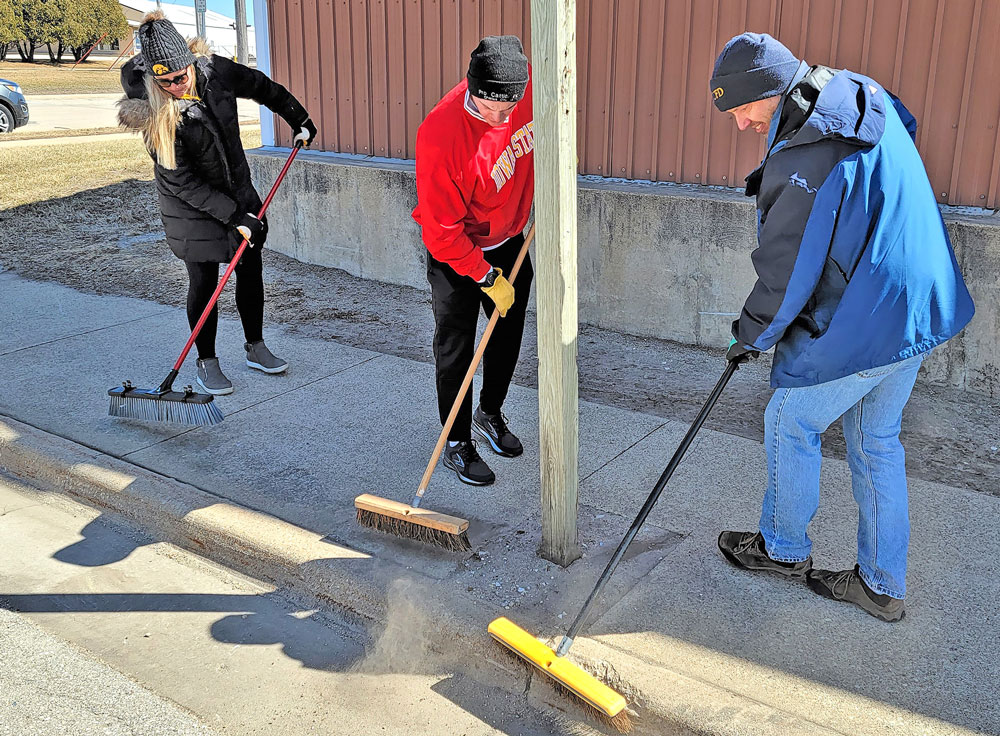GROB: Black History Month lessons from Buxton, Iowa
By James Grob, jgrob@charlescitypress.com
If you’ve never been to the town of Buxton, you must.
Although when you arrive, you might not realize you’re there. There’s very little evidence of the old Monroe County, Iowa, mining town remaining.
About 120 years ago, Buxton was the largest coal mining town west of the Mississippi River. It also was the largest unincorporated city in the nation — and it was thriving.

Buxton had modern schools, beautiful parks, arts, culture and fine dining. The town featured a YMCA with a gymnasium and indoor swimming pool. Nightlife included music, dancing and other live entertainment. This was in 1900 — the pioneer days — long before most of the rest of Iowa had even heard of those things.
The Buxton Wonders baseball team — sponsored by the Consolidation Coal Co. — had its own stadium and uniforms, and traveled to such places as Chicago, Illinois; Kansas City, Missouri; and Birmingham, Alabama. They were perpetual contenders.
And the majority of Buxton’s 5,000 or so residents were African-American.
February is Black History Month, but a lot of folks have a tough time taking that seriously here in Iowa, with a population nearly as white as the snow outside. Currently, of Iowa’s nearly 3.2 million people, the population is about 91 percent white, about 3.3 percent black, according to World Population Review.
But there was a time, during the lives of our own grandparents and great-grandparents, when a little town in Iowa showed the world that racial equity was possible.
In the 1905 census, Buxton boasted 2,700 African-Americans and 1,991 whites. The town supported African-American doctors, lawyers and other professionals.
This is all according to Rachelle Chase, author of the book “Lost Buxton,” as well as information from Iowa Public Television, the Iowa Department of Cultural Affairs and the State Historical Society of Iowa.
In Buxton, the mines were integrated and equal wages were paid to all workers, regardless of color. African-Americans held positions of authority in the coal company as well as the town. There were integrated schools, businesses and churches. The multi-ethnic community had a racially diverse population of African-Americans and European-Americans, and they existed peacefully with each other.
The city was the brainstorm of Consolidation Coal Co., which worked for the Chicago and Northwestern Railroad. CCC was having a hard time recruiting white miners, so the company sent agents to southern states to hire African-Americans. In 1873, it founded the town of Buxton and opened nearby mines.
By 1913, nearly 2,000 in Buxton were employed by CCC and other area mining operations. They were treated well. State-of-the-art equipment allowed the mines to produce record amounts of coal. Miners worked a five-day week and earned $50 to $100 per week. In today’s money, that’s equal to nearly $1,250 to $2,500 per week — or about $65,000 to $130,000 per year.
They spent their money locally, downtown shops thrived, and Buxton was home to the largest department store in Iowa at the time.
Several African-American citizens from Buxton rose to prominence.
E.A. Carter became the first black graduate from the University of Iowa College of Medicine. He returned to Buxton to become assistant chief surgeon for CCC in 1907, and chief surgeon in 1915.
Attorney George H. Woodson co-founded the Niagara Movement in 1905 — which later became known as the NAACP. He and fellow Buxton attorney Samuel Joe Brown also helped co-found the National Bar Association in 1925.
But as they say, all good things come to an end.
By the 1920s, mechanization and conversion of train engines to diesel fuel decreased the demand for coal. Also, several severe fires ravaged the community and the mines. By 1919, Buxton’s population had declined to only 400. The last mine closed in 1927, and Buxton became a ghost town. The residents moved on, to less integrated and less utopian places.
Its demise had nothing to do with race. Buxton was instead a victim of the changing economic times.
For 30 years, however, the little company town was an oasis of racial harmony in Iowa.
And if you’re asking me how they did it — how did they manage to create such a place, where the rage and derision so common everywhere else were so nonexistent — I’d have to tell you I really have no idea. I’m not a sociologist or a historian, and that question is beyond the realm of my knowledge.
But it seems to me, the people of Buxton chose to treat each other well, because it was best for all of them.
After all, we choose to hate. It doesn’t come naturally. We choose to take the steps we take toward racism and bigotry, and we can also choose to take a step away.
So it seems, 120 years ago, the people of Buxton made a choice to get along — and they stuck with their decision.
Maybe — just maybe — it’s really that simple.








Social Share